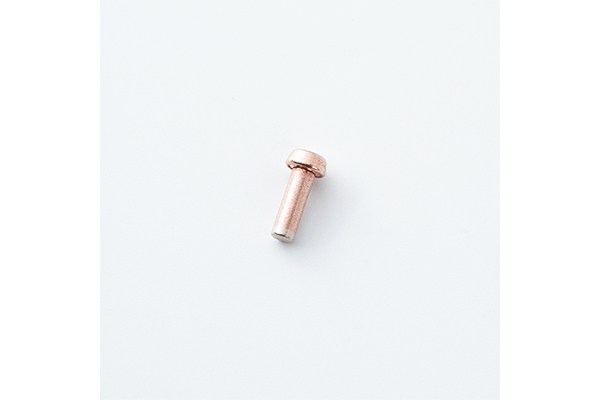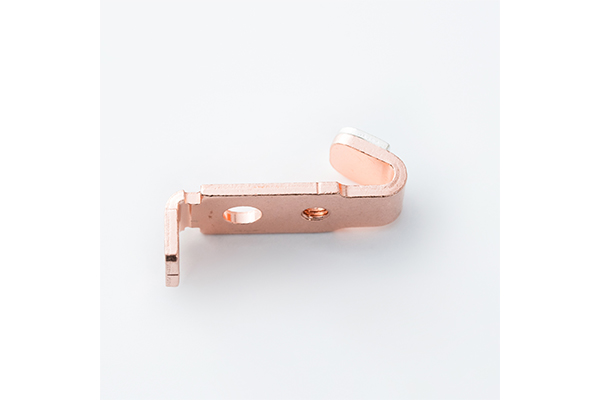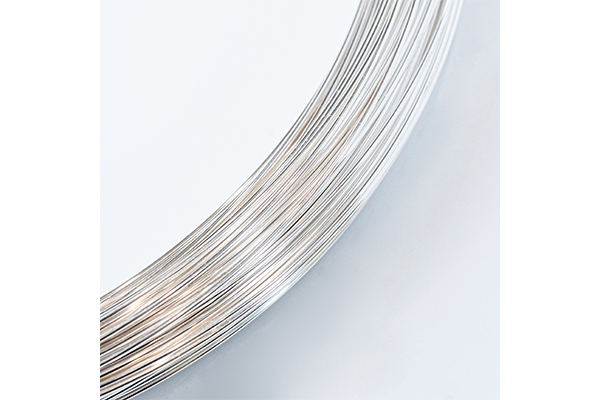How does the particle size of silver tin oxide powder affect the density after sintering?
Release Time : 2025-06-12
During the sintering process, the particle size of silver tin oxide powder has an important influence on the density of the final product. This relationship involves many principles such as particle stacking and diffusion mechanism in materials science, which is directly related to the performance and quality of the sintered body.
From the basic principle of particle stacking, the particle size of silver tin oxide powder determines its stacking mode in the initial state. Powders with smaller particle sizes have higher specific surface area and more complex surface morphology. When stacked, they can fill each other's gaps to form a more compact stacking structure. This is like mixing fine sand with pebbles. The fine sand can penetrate into the gaps of the pebbles, making the overall filling denser. In contrast, the gaps between powder particles with larger particle sizes are larger, and there are more unfilled spaces after stacking, which brings challenges to the subsequent sintering process.
During the sintering process, the diffusion behavior of the material is the key to achieving densification. Silver tin oxide powder with small particle size can migrate materials more quickly and fully due to the small particle spacing and short atomic diffusion path. When the temperature rises to the sintering temperature, the atoms on the surface of the particles gain enough energy to become active. The atoms between small-sized powders are more likely to cross the boundaries and combine with each other, promoting neck growth and particle fusion, and gradually eliminating pores. However, due to the large particle spacing and long atomic diffusion distance of large-sized powders, it takes longer time and higher energy to achieve effective connection, which often leads to more residual pores after sintering and it is difficult to achieve the ideal density.
In addition, the size of the powder particles will also affect the shrinkage behavior during sintering. Silver tin oxide powders with smaller particle sizes shrink more evenly during sintering because their particle characteristics make the material migration and densification process in all directions relatively consistent. However, powders with larger particle sizes are prone to local stress concentration during sintering shrinkage due to fewer contact points between particles and uneven distribution of voids, resulting in internal cracks or deformation. These defects will hinder the densification process and reduce the final density.
The distribution state of powder particle size also has an important influence on density. Silver tin oxide powders with narrow particle size distribution have similar particle sizes and show similar behaviors during stacking and sintering, making it easier to achieve uniform densification. On the contrary, in powders with a wide particle size distribution, large and small particles are mixed, and the large gaps formed by large particles are difficult to be completely filled by small particles. Small particles may also be over-accumulated locally, resulting in inconsistent densification rates during sintering, which ultimately affects the overall density.
The reaction kinetics of silver tin oxide powders of different particle sizes during sintering are also different. Small-particle powders have a large specific surface area and high surface activity, and are more likely to react with surrounding particles, which can accelerate the solid-phase reaction and densification process during sintering. Large-particle powders are relatively inert and require higher temperatures or longer insulation times to achieve densification effects similar to those of small-particle powders. However, excessive temperatures and excessive time may cause negative effects such as grain growth, further affecting material properties.
The preparation process also has an indirect effect on the relationship between powder particle size and density. If silver tin oxide powder is prepared by mechanical grinding or other methods, defects may be introduced on the particle surface. Although these defects can increase surface activity, lattice distortion caused by excessive grinding may affect the orderliness of atomic diffusion. Powders with uniform particle size and smooth surface obtained by chemical synthesis and other methods are more conducive to achieving good density during sintering.
The particle size of silver tin oxide powder has a complex and critical impact on the density after sintering from multiple aspects such as particle stacking, atomic diffusion, shrinkage behavior, particle size distribution, reaction kinetics and preparation process. In actual production, precise control of powder particle size and its distribution, and selection of appropriate sintering process can obtain silver tin oxide sintered bodies with high density and excellent performance.







